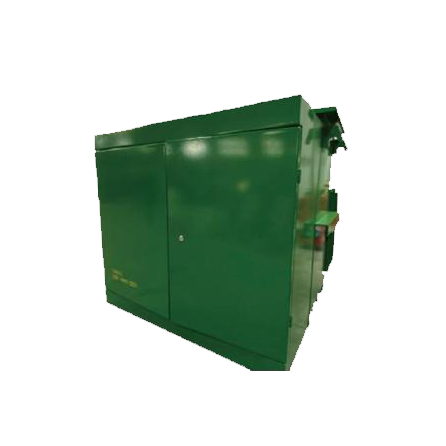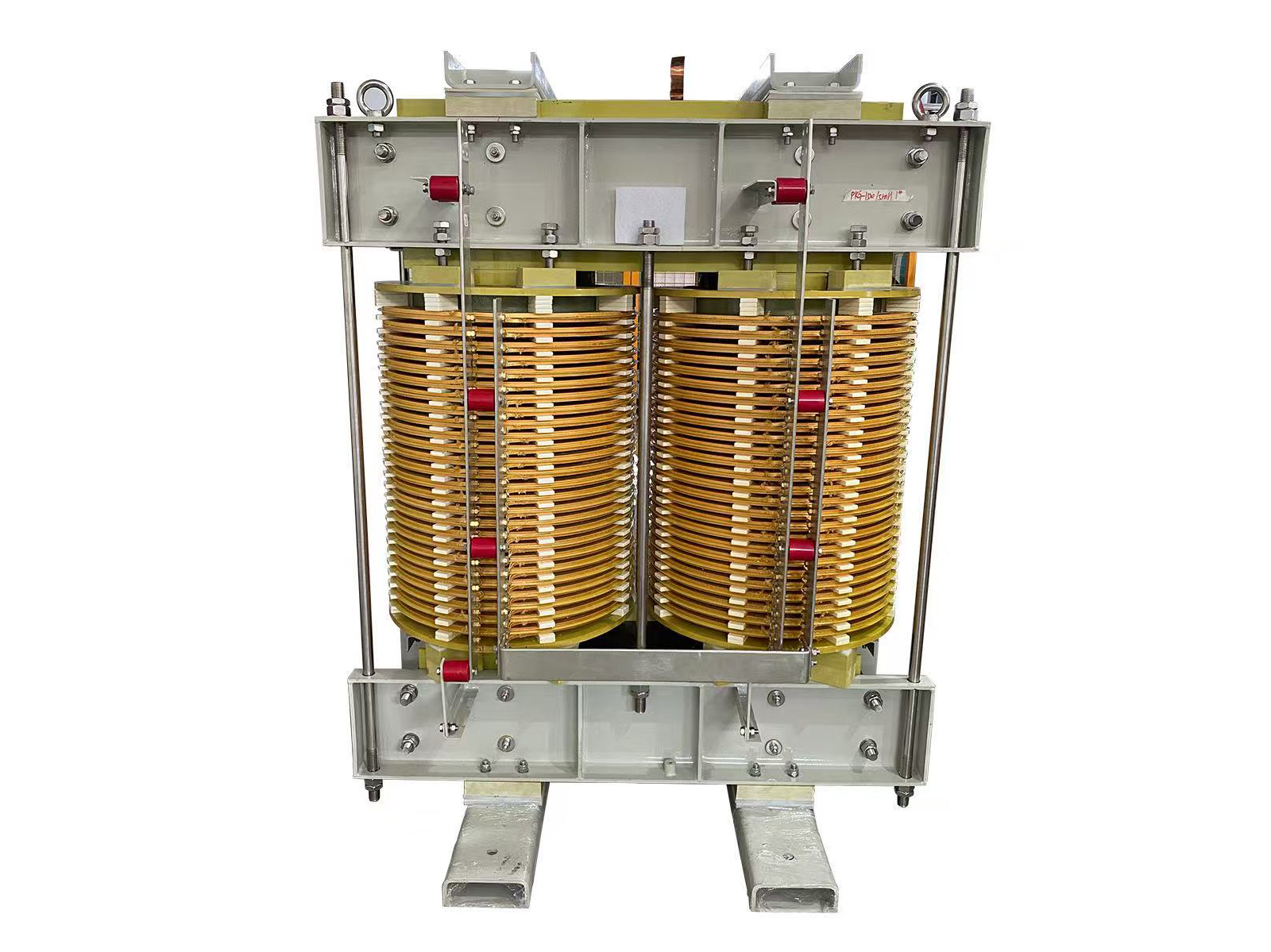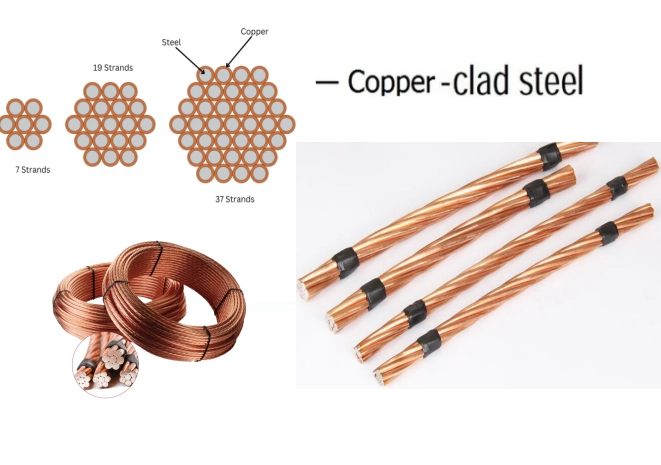Basalt, one of the most abundant volcanic rocks on Earth, is primarily composed of mafic minerals. Understanding these minerals is crucial for geologists, petrologists, and anyone interested in the geological processes that shape our planet. This article delves into the mafic minerals found in basalt, their characteristics, and their significance in the context of igneous rock formation.
What Are Mafic Minerals?
Mafic minerals are silicate minerals that are rich in magnesium (Mg) and iron (Fe). The term mafic is derived from the combination of magnesium and ferric (iron). These minerals typically have a darker color and a higher density compared to their felsic counterparts, which are rich in silica (SiO2) and lighter elements such as sodium (Na) and potassium (K). The mafic composition of basalt is a key factor in its physical properties and behavior during volcanic eruptions.
Key Mafic Minerals in Basalt
- Pyroxene:
- Composition: Pyroxene is a group of minerals that includes augite and diopside, characterized by their single-chain silicate structure. They are typically rich in iron and magnesium.
- Role in Basalt: Pyroxenes are the most abundant mafic minerals in basalt, contributing to its dark color and high density. Their presence influences the rock's melting temperature and viscosity during volcanic activity.
- Olivine:
- Composition: Olivine is a magnesium iron silicate with the formula (Mg, Fe)2SiO4. It is often found in a range of colors from green to yellowish.
- Role in Basalt: Although less abundant than pyroxene, olivine is significant in basaltic compositions, especially in more primitive magmas. Its high melting point makes it an important mineral in the crystallization process of basalt.
- Plagioclase Feldspar:
- Composition: While plagioclase feldspar is not exclusively mafic, it can be found in mafic basalts. It is a solid solution series between albite (Na-rich) and anorthite (Ca-rich).
- Role in Basalt: In mafic basalts, plagioclase typically appears as a calcium-rich variety, contributing to the overall mineralogy and texture of the rock.
- Magnetite and Ilmenite:
- Composition: These are iron oxide minerals that can also be found in basalt. Magnetite (Fe3O4) is a magnetic mineral, while ilmenite (FeTiO3) contains titanium.
- Role in Basalt: Both minerals can form during the cooling of basaltic magma and are important for understanding the geochemical evolution of basaltic systems.
The Significance of Mafic Minerals in Basalt
The presence of mafic minerals in basalt is not merely a matter of composition; it has profound implications for the geological processes involved in the formation of the Earth's crust. Here are some key points to consider:
- Geochemical Indicators: The specific types and ratios of mafic minerals can provide insights into the source of the magma, the conditions under which it crystallized, and the tectonic setting of the volcanic activity. For instance, the presence of olivine may indicate a deeper mantle source, while variations in pyroxene can suggest different degrees of partial melting.
- Physical Properties: The mafic nature of basalt contributes to its relatively low viscosity compared to more silica-rich magmas. This property allows basalt to flow easily, resulting in the formation of extensive lava flows and shield volcanoes.
- Petrogenesis: Understanding the mafic mineralogy of basalt is essential for reconstructing the petrogenetic history of volcanic rocks. It helps geologists decipher the processes of magma evolution, including fractional crystallization and assimilation.
Conclusion
Mafic minerals play a pivotal role in defining the characteristics and behavior of basalt, one of the most prevalent volcanic rocks on Earth. By examining the composition and significance of minerals such as pyroxene, olivine, and plagioclase feldspar, we gain valuable insights into the geological processes that shape our planet. As research continues to evolve, the study of these minerals will remain integral to our understanding of igneous petrology and the dynamic nature of Earth's crust.


